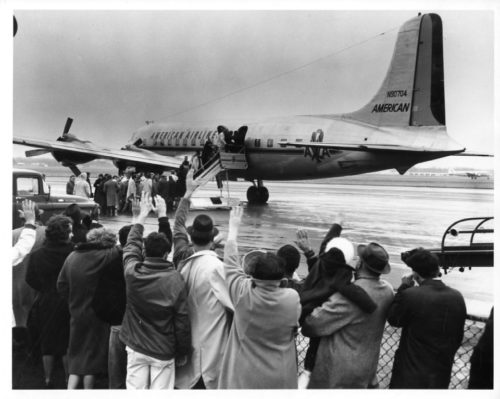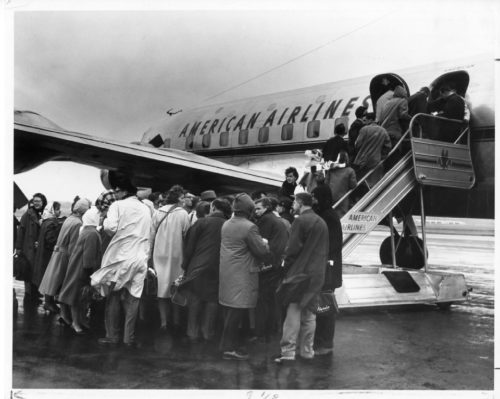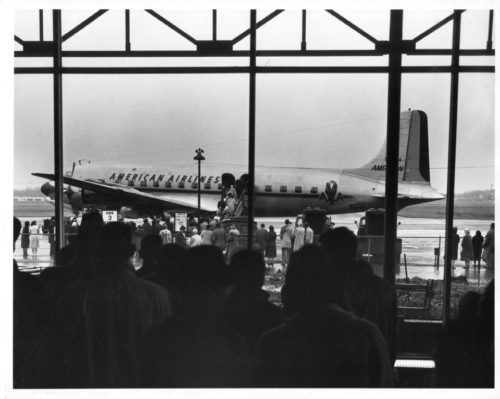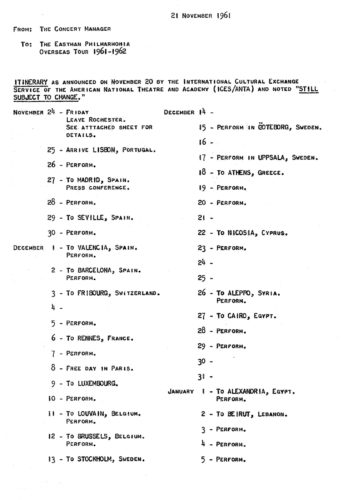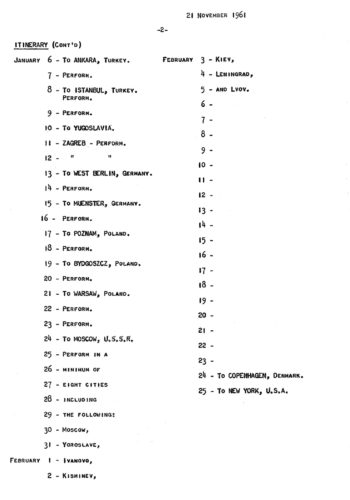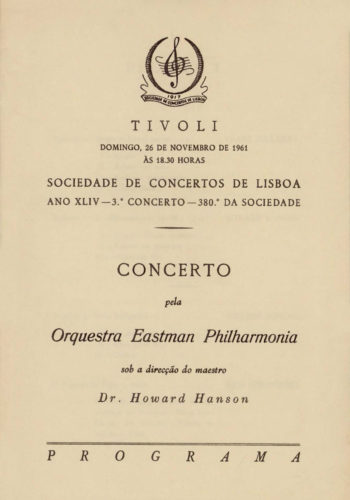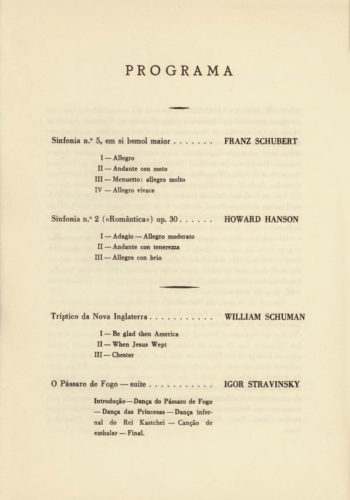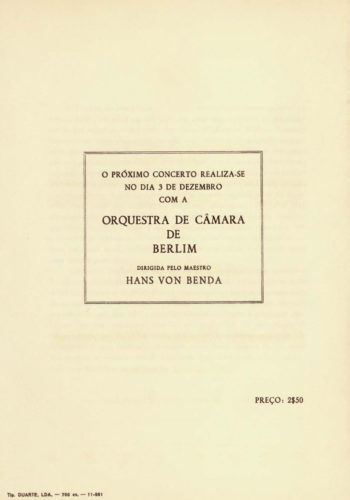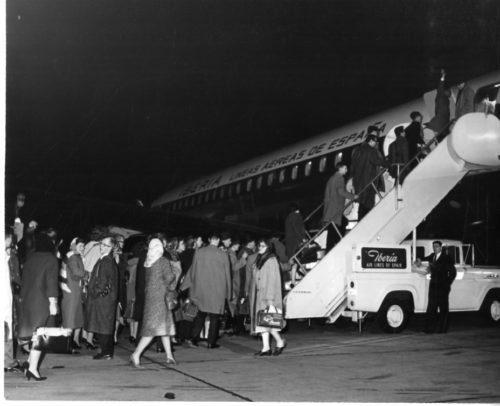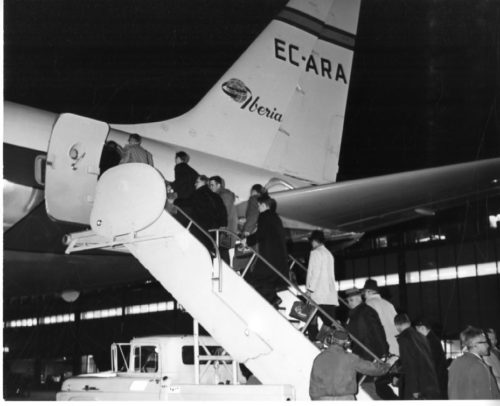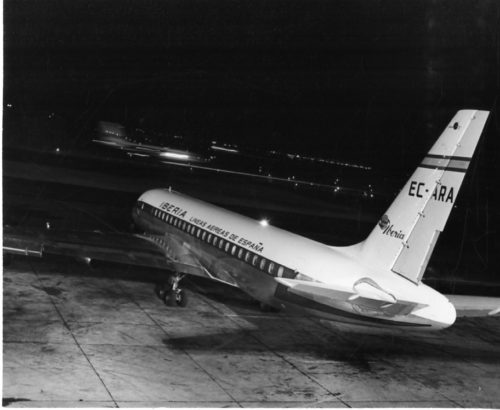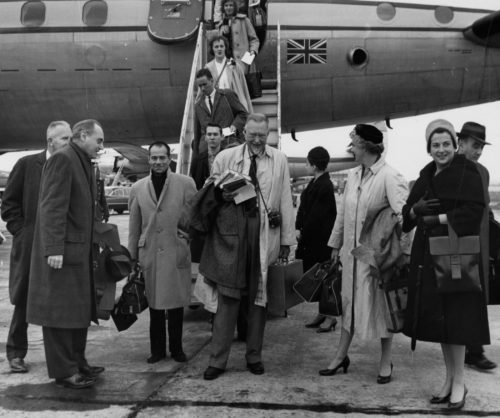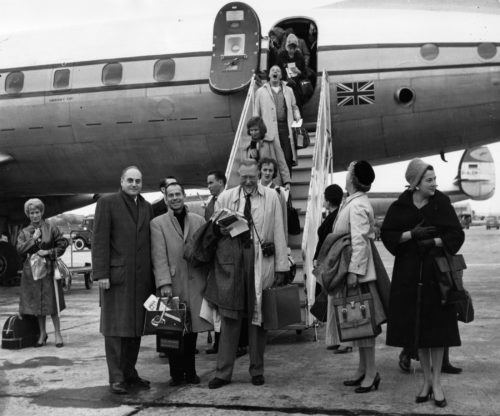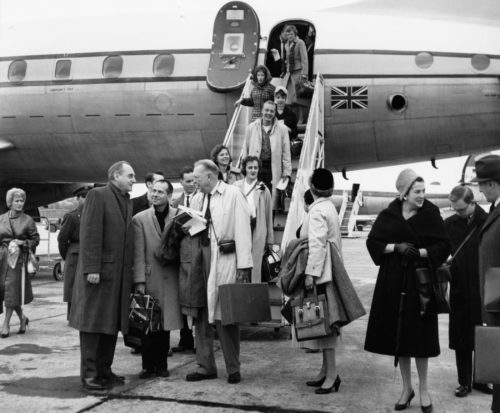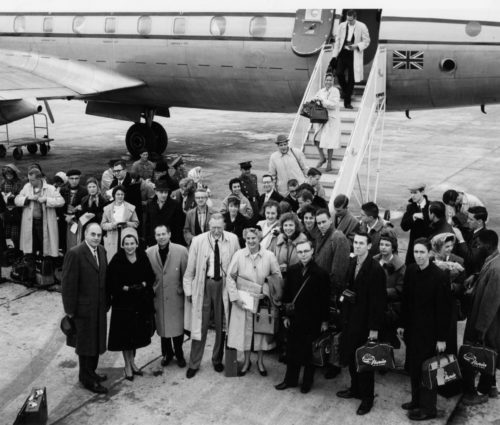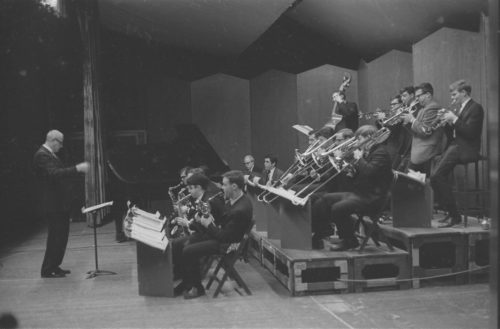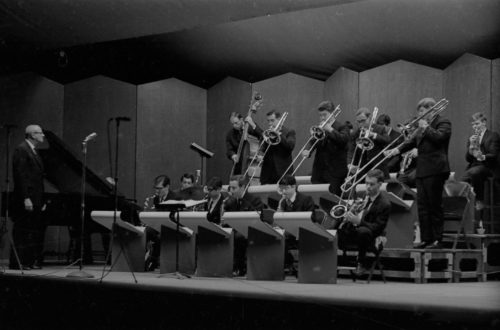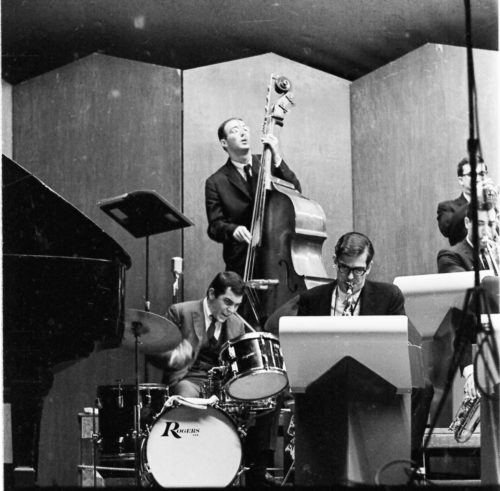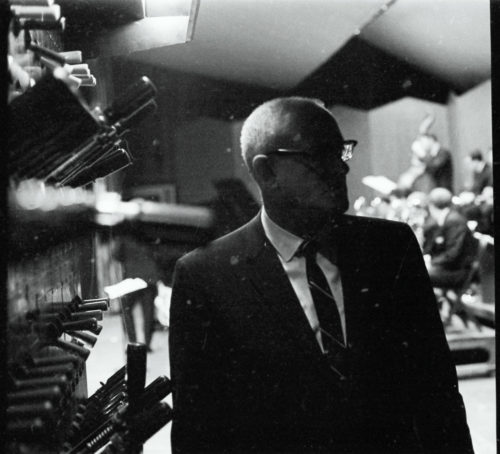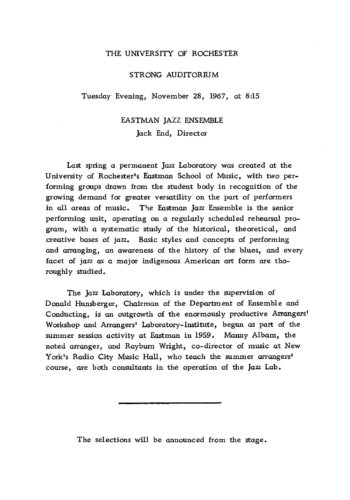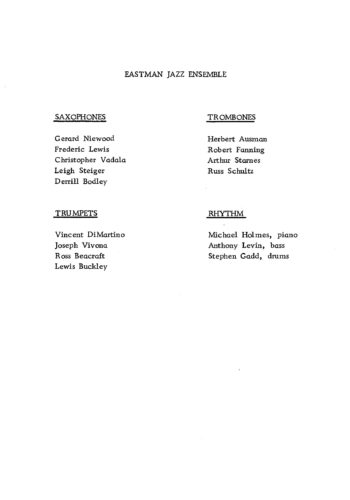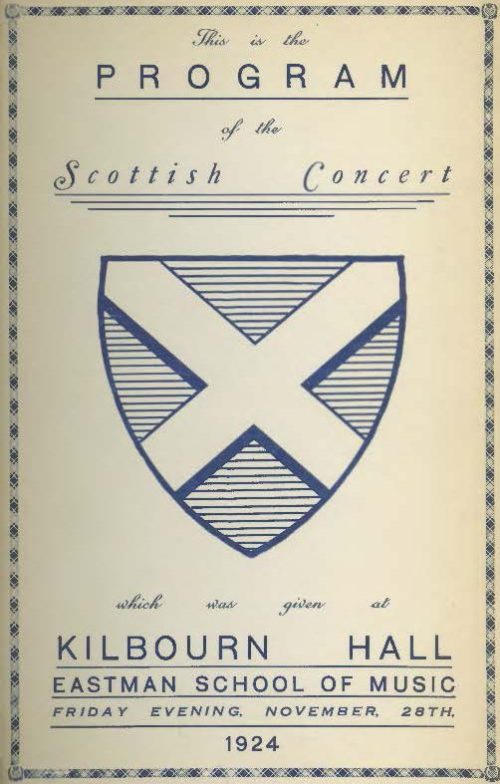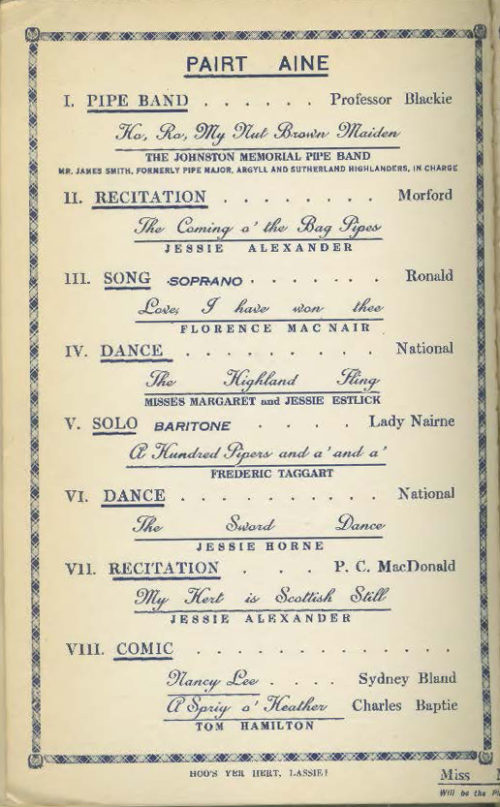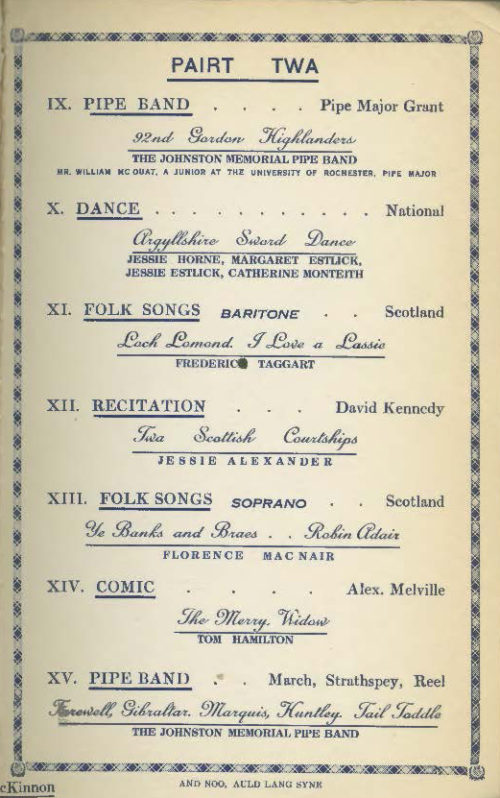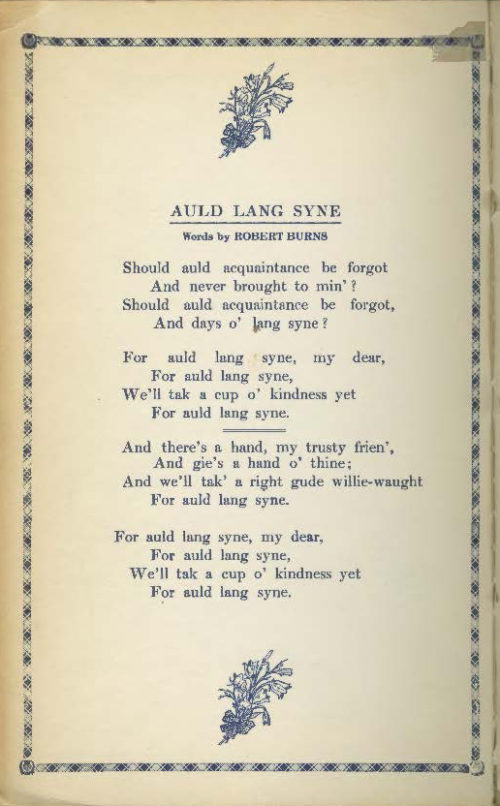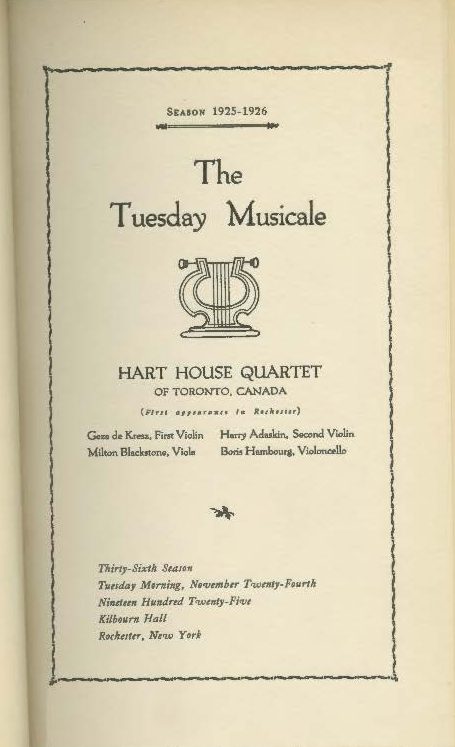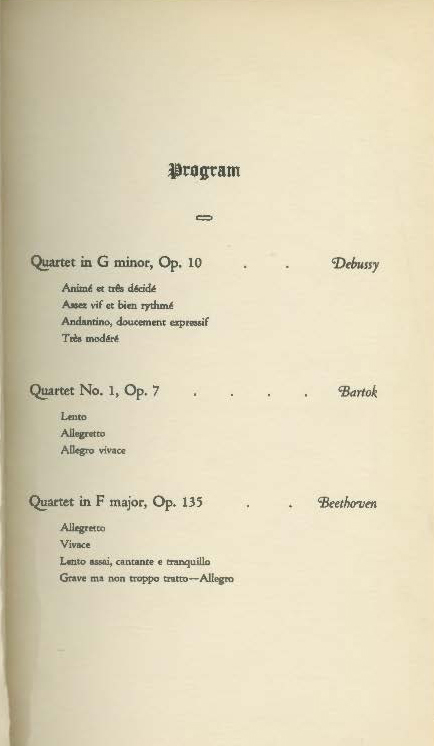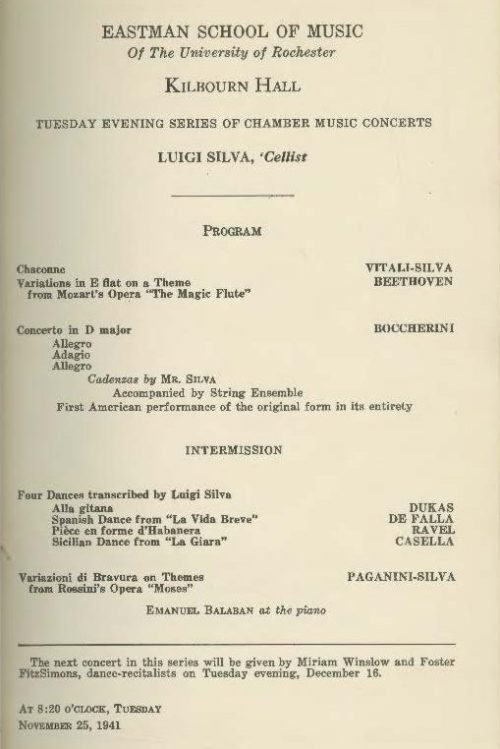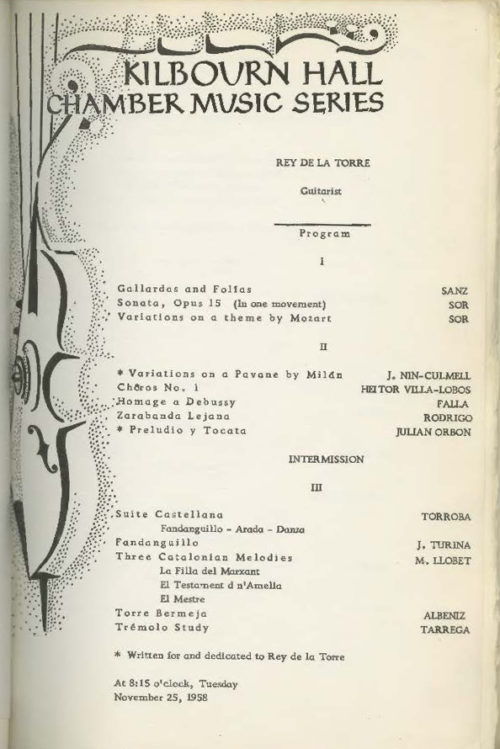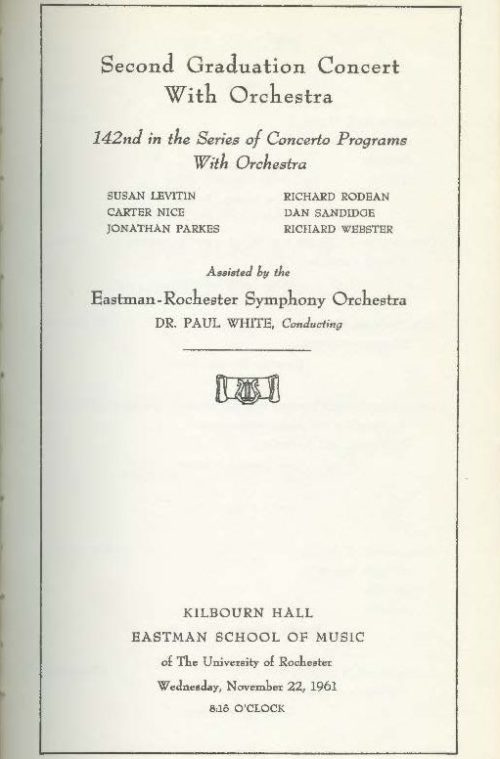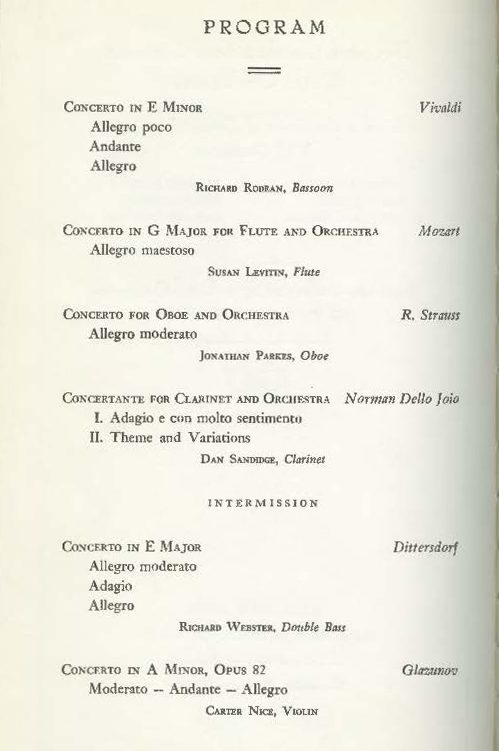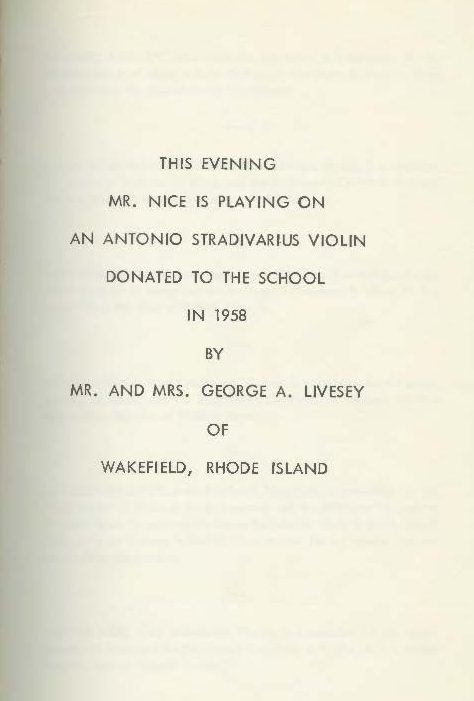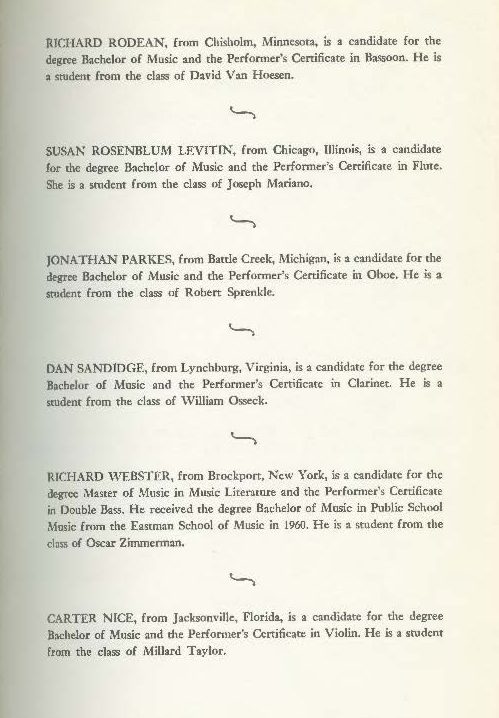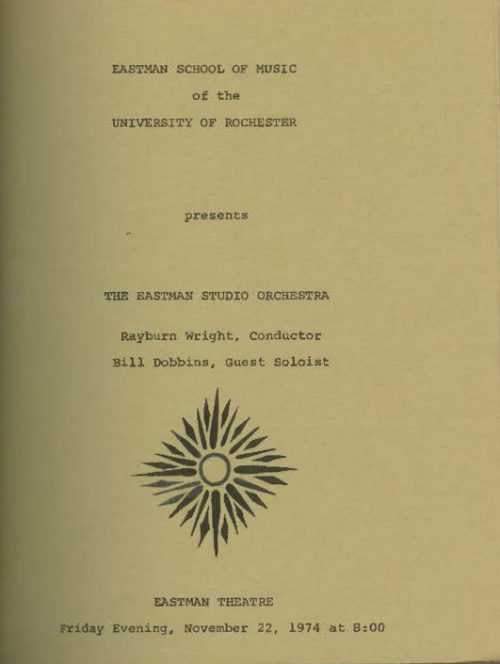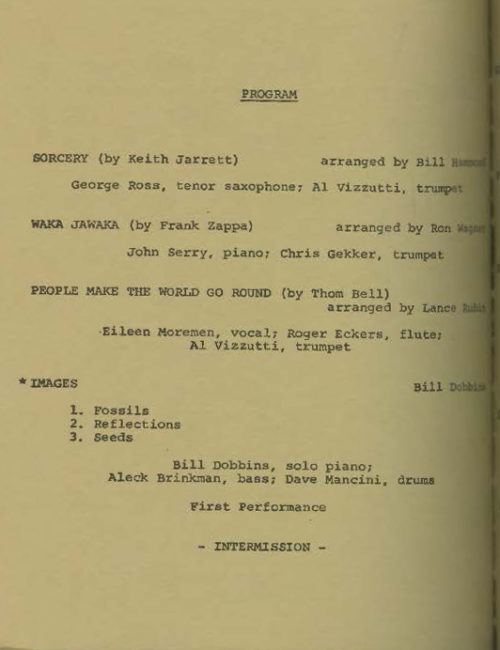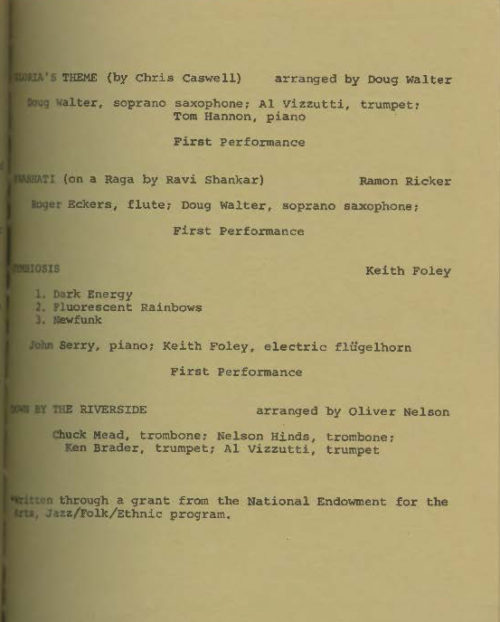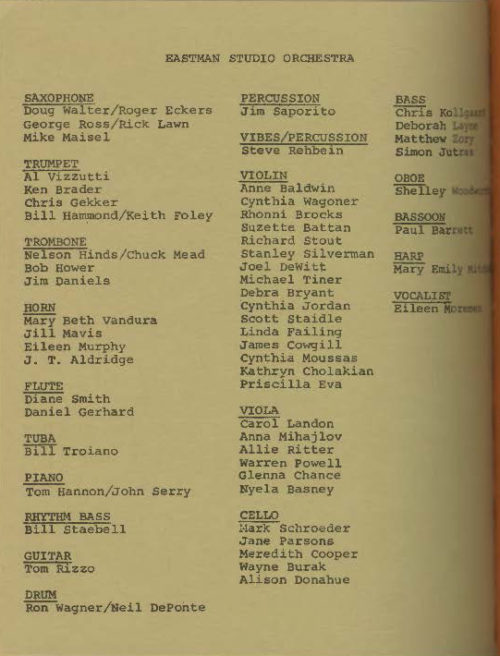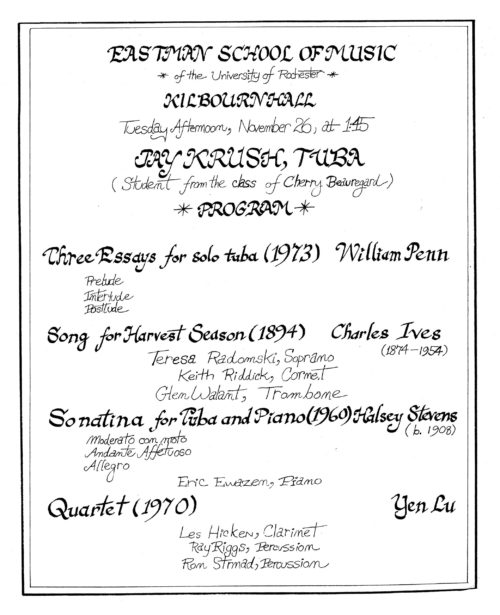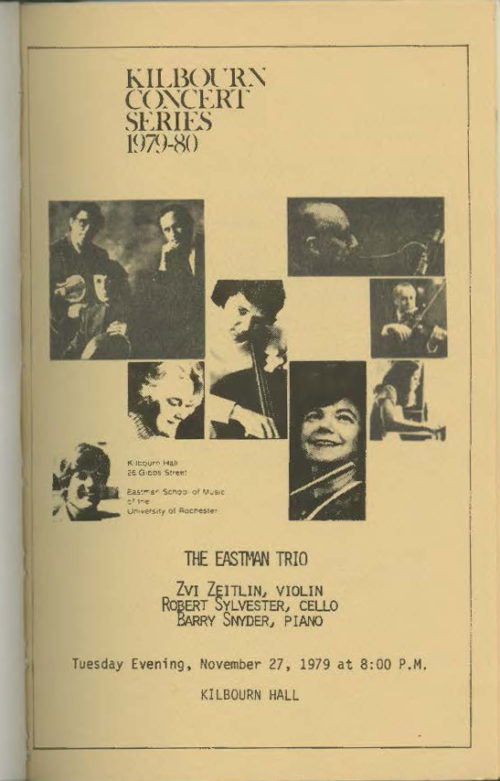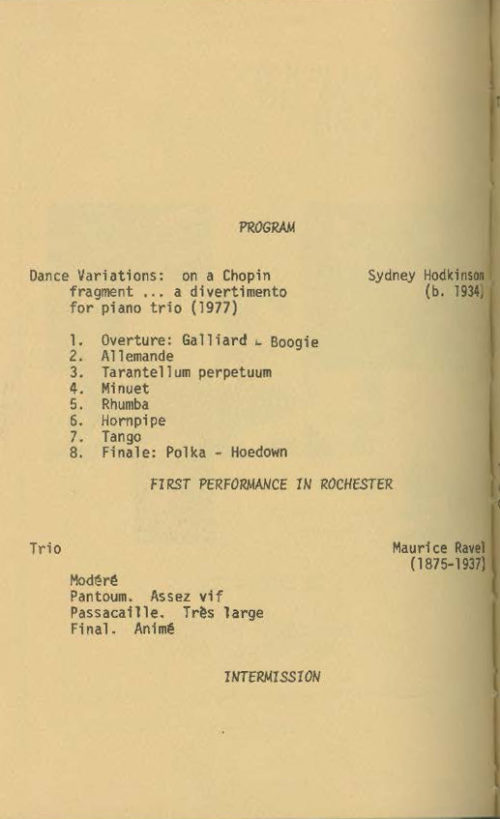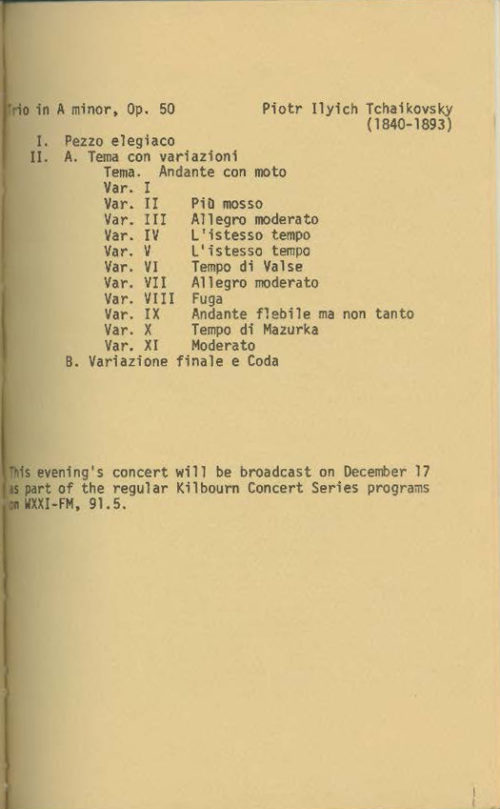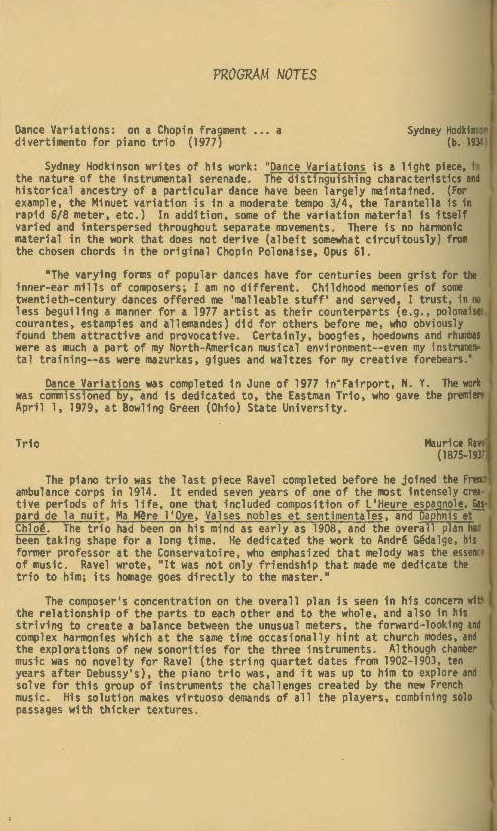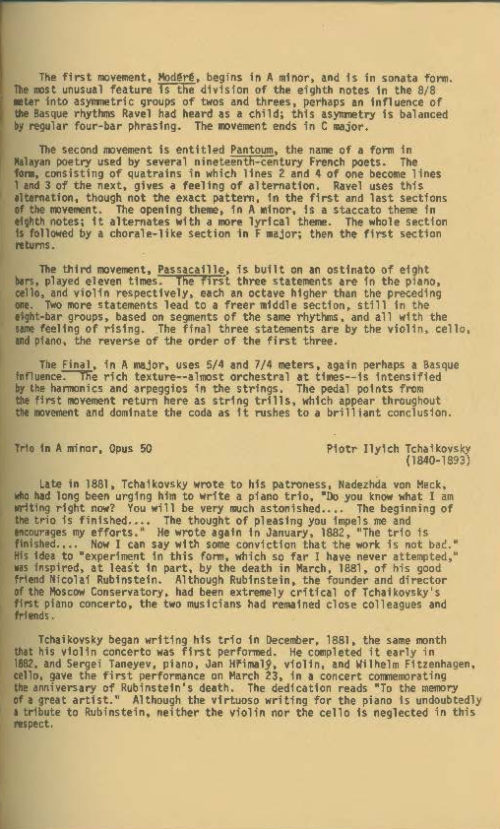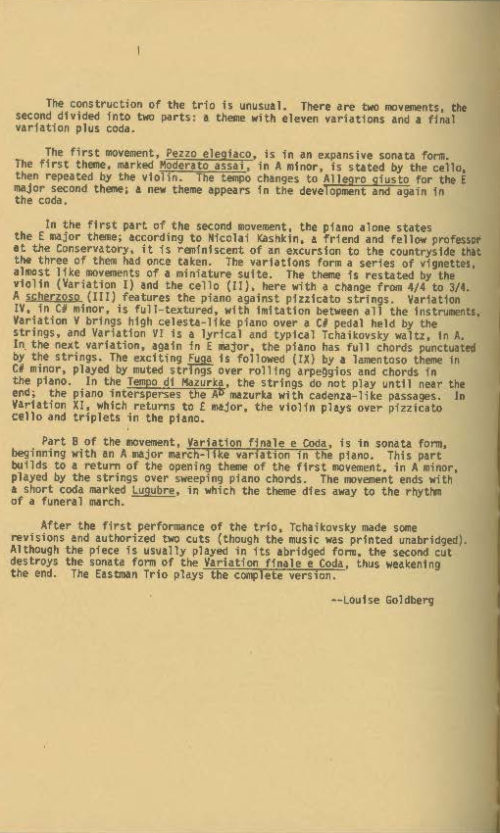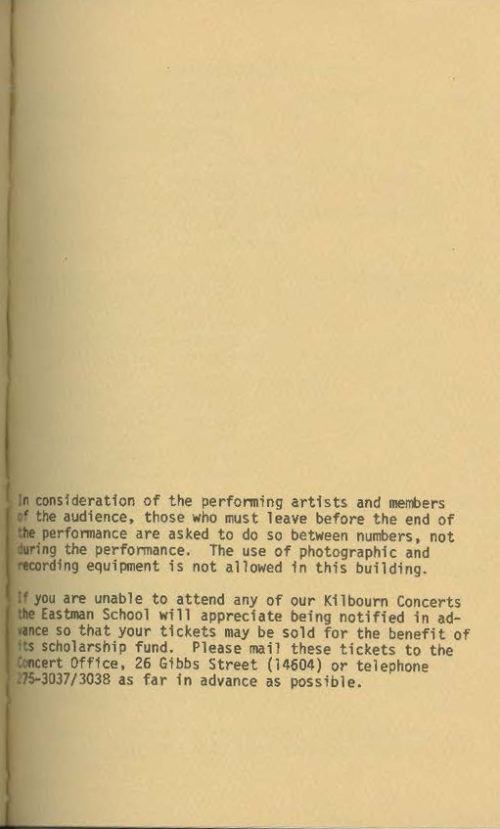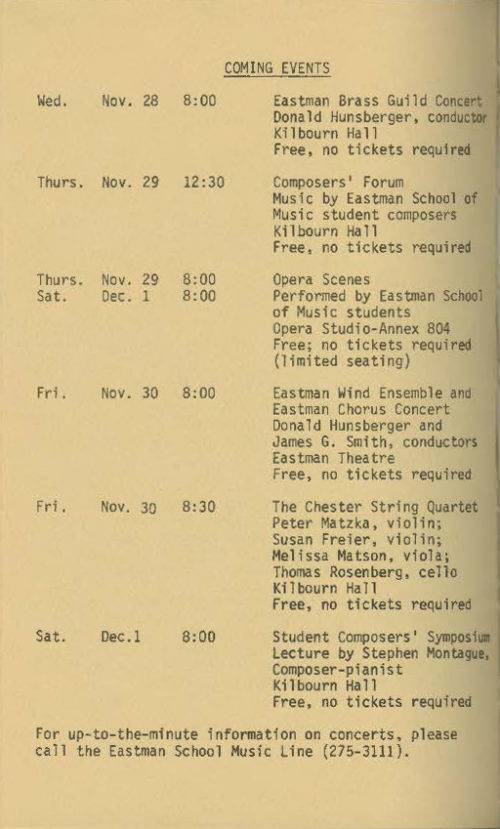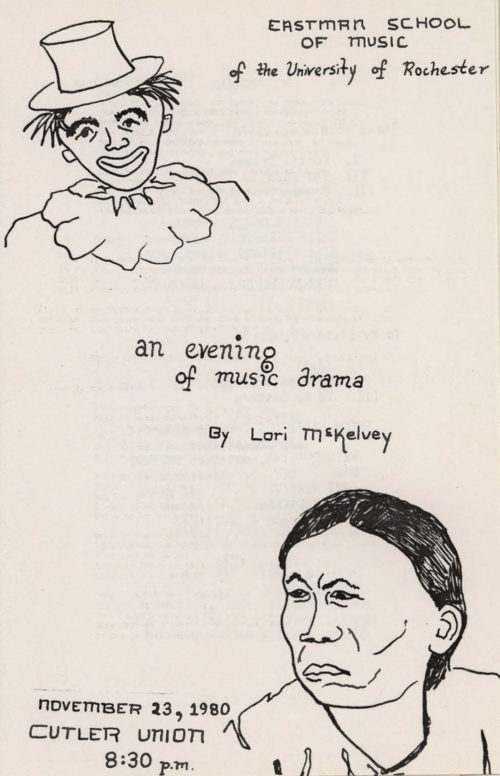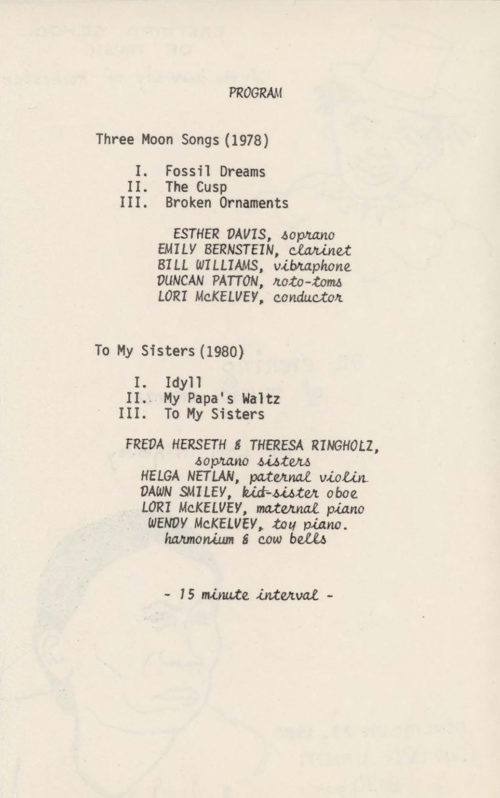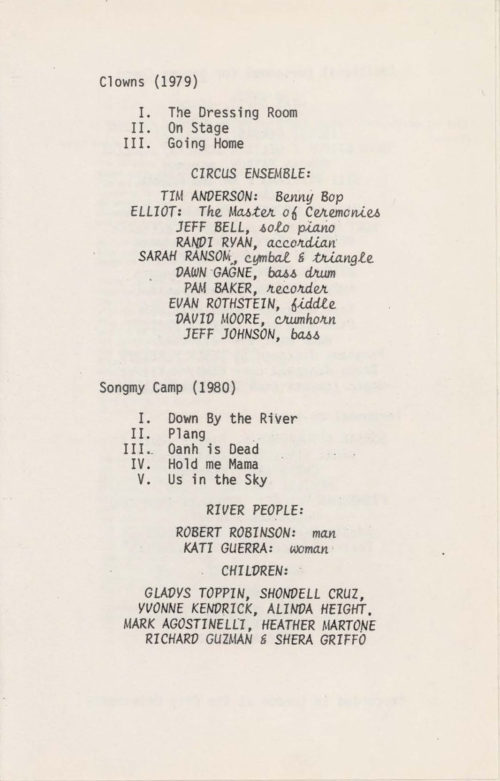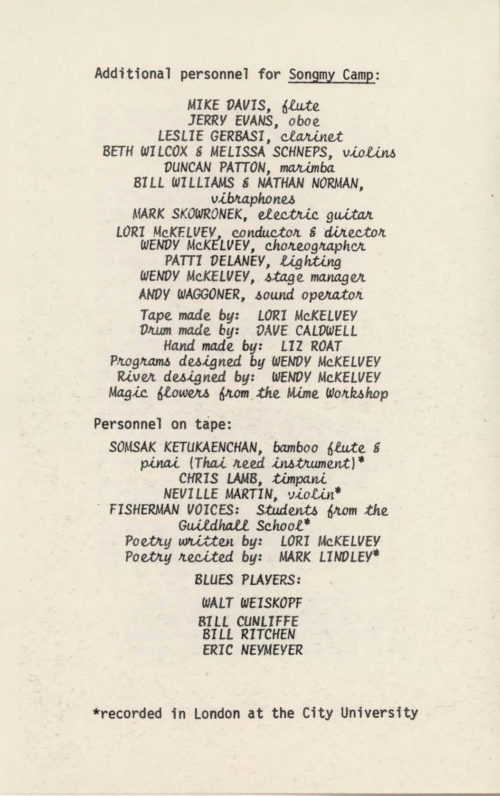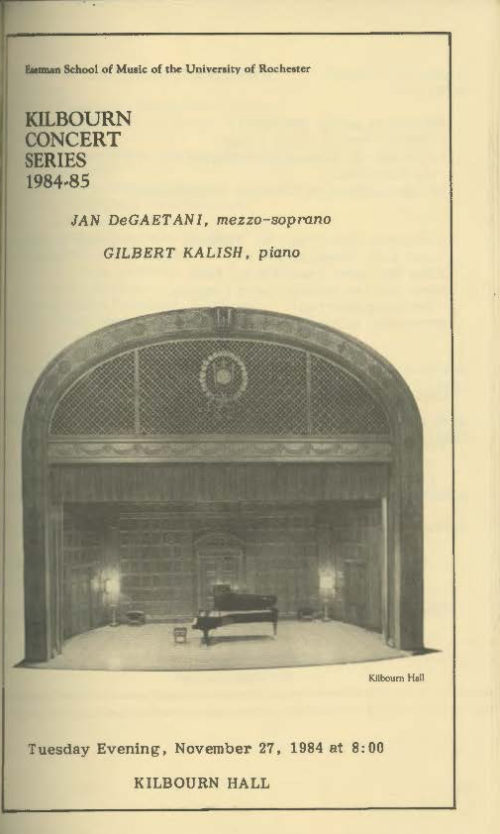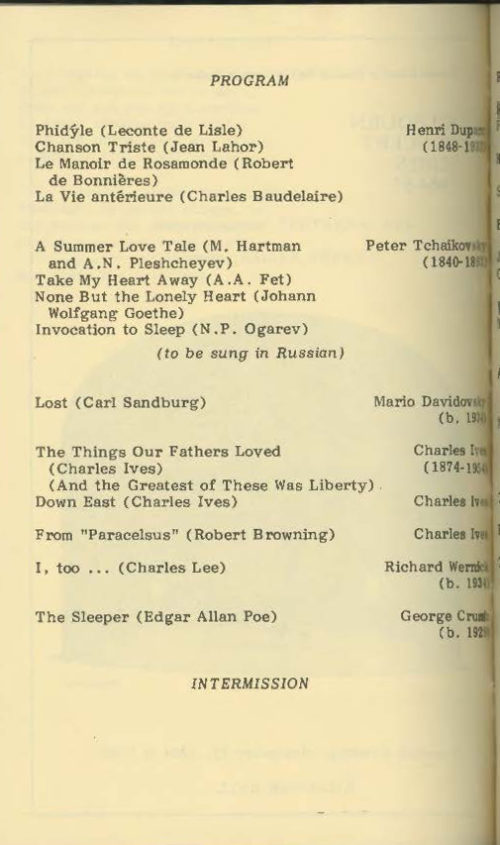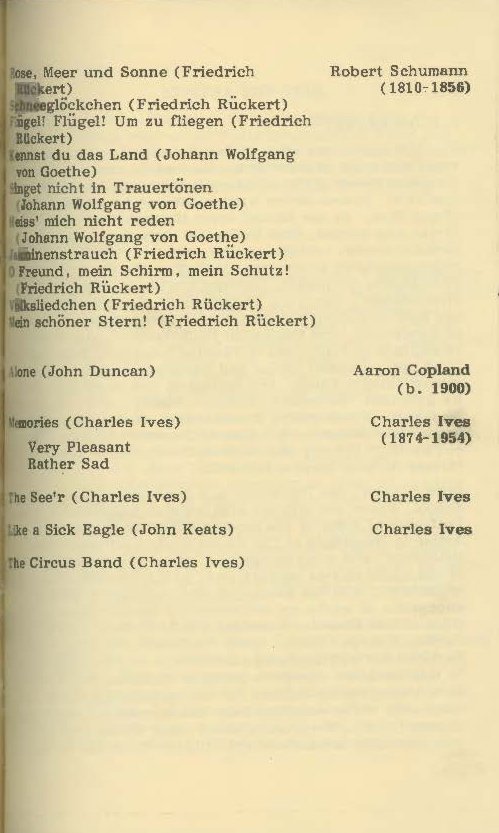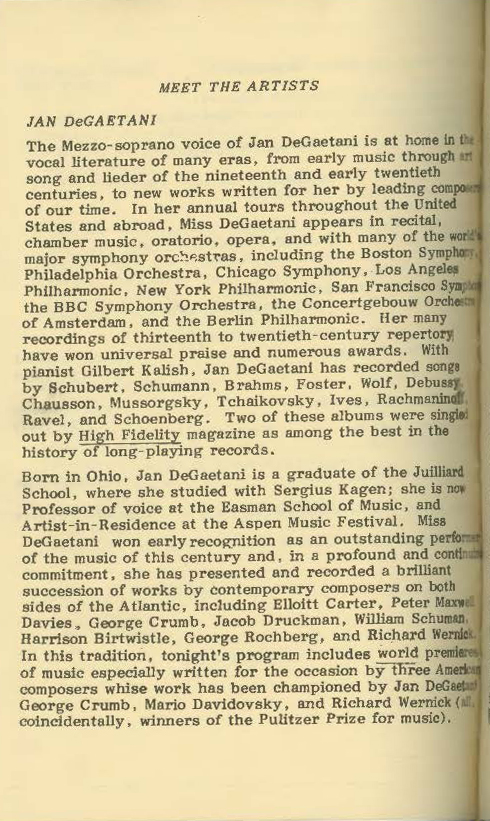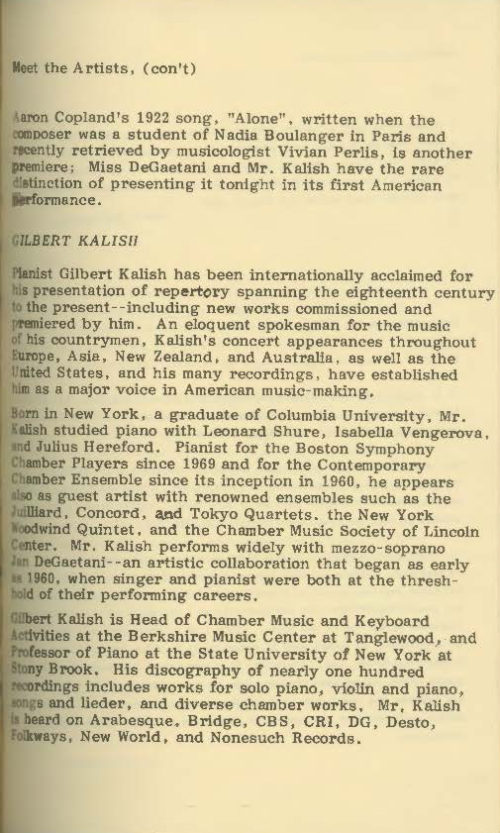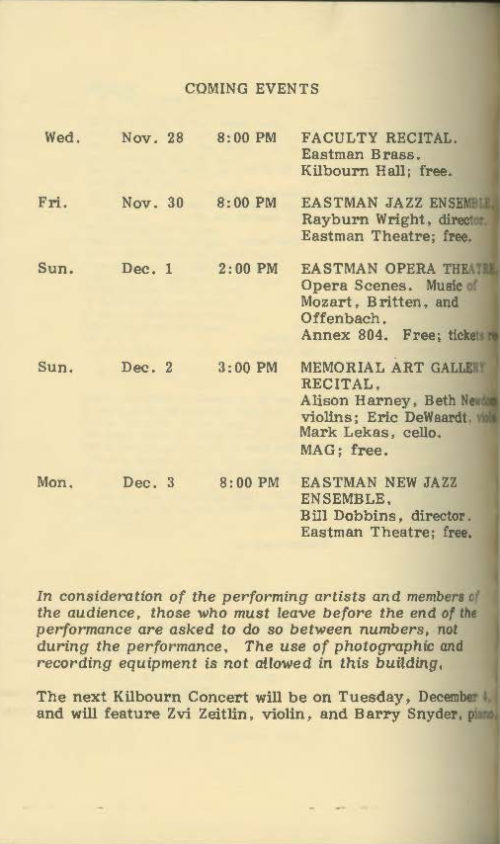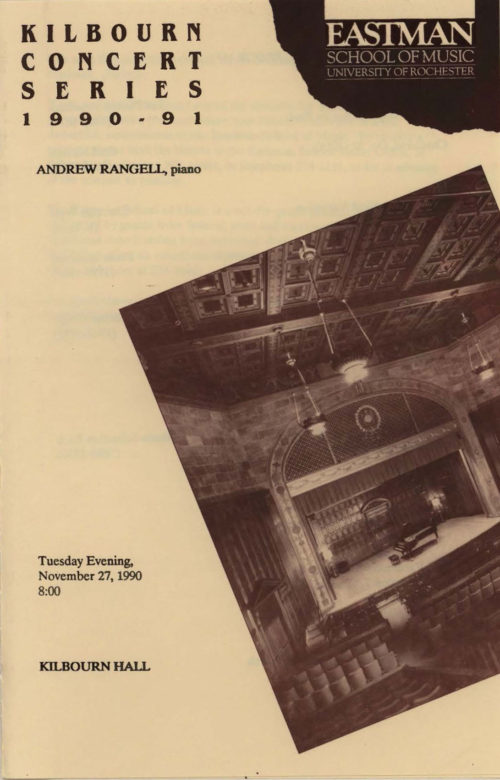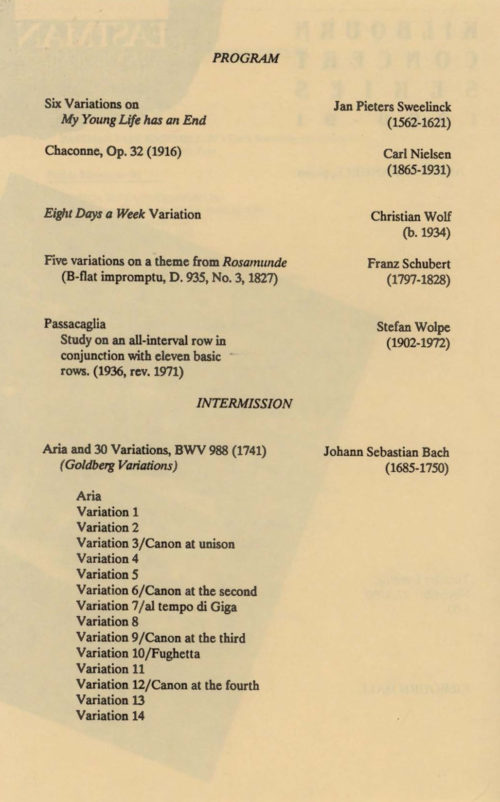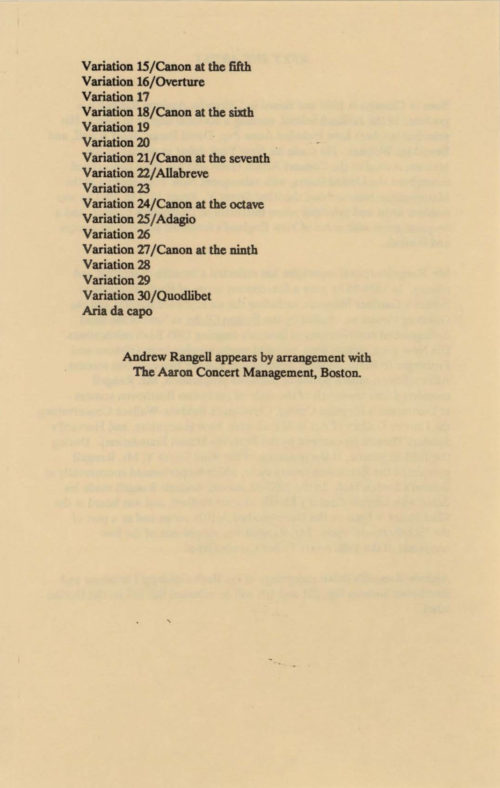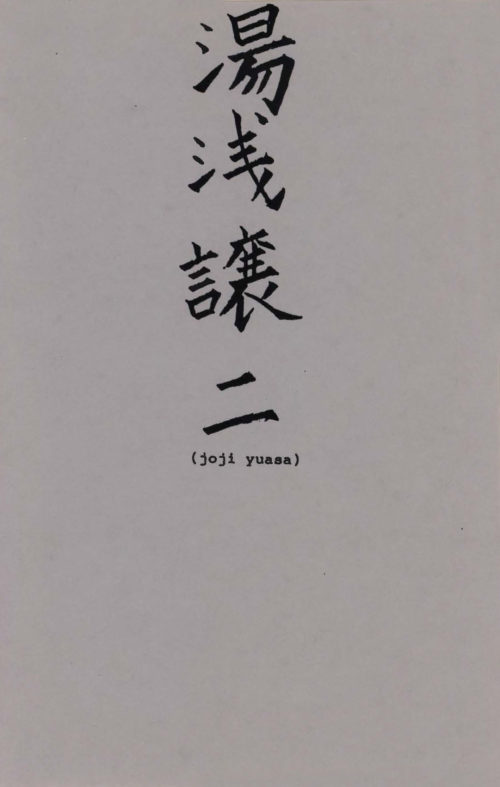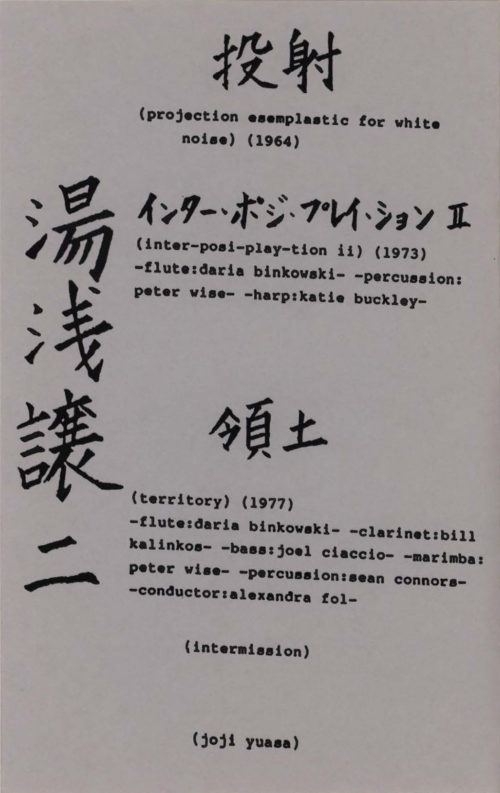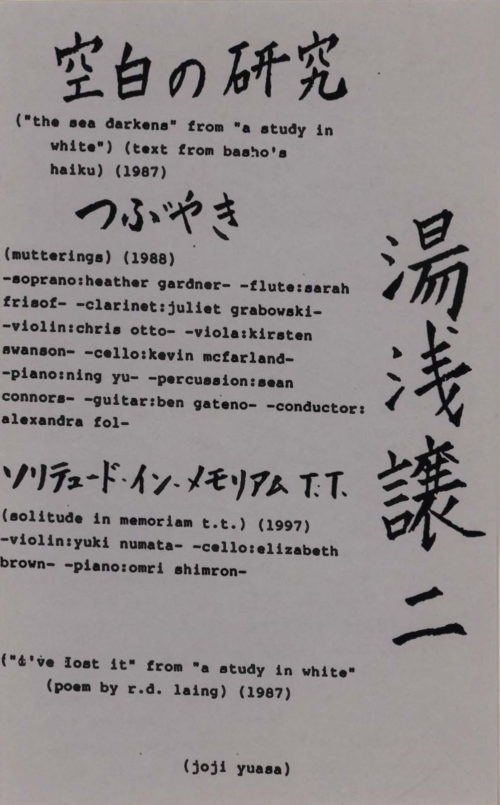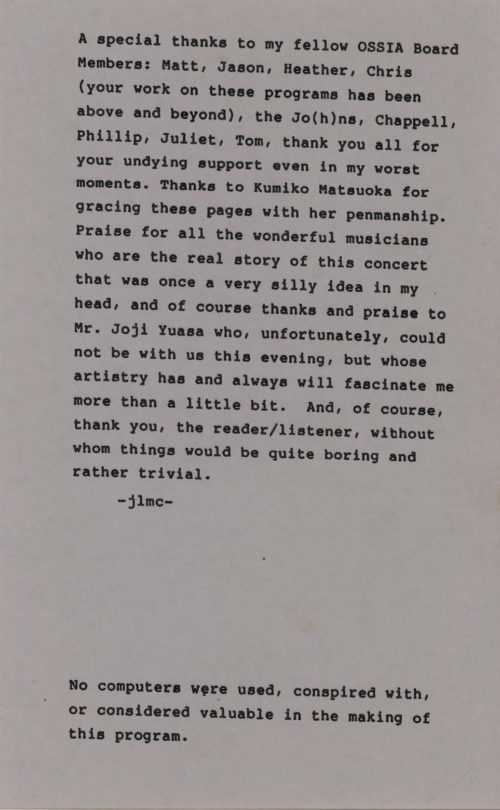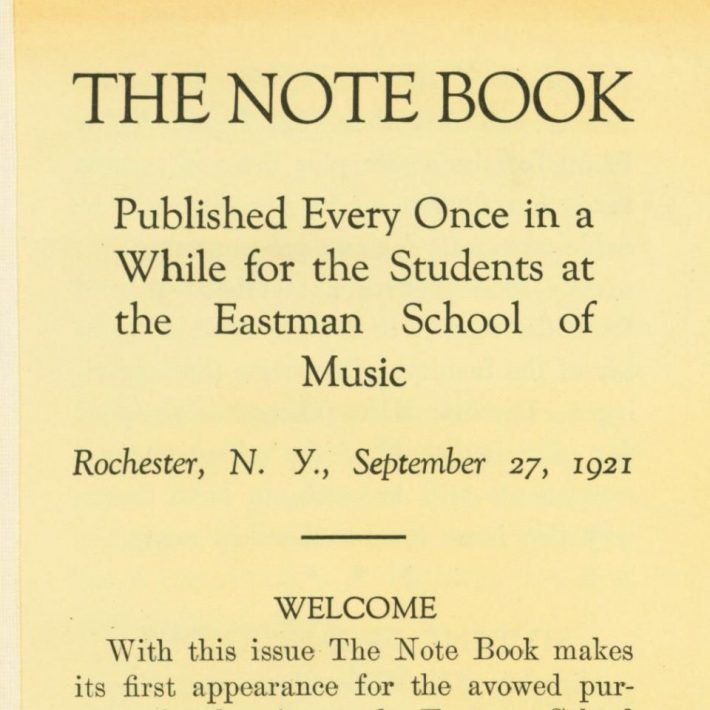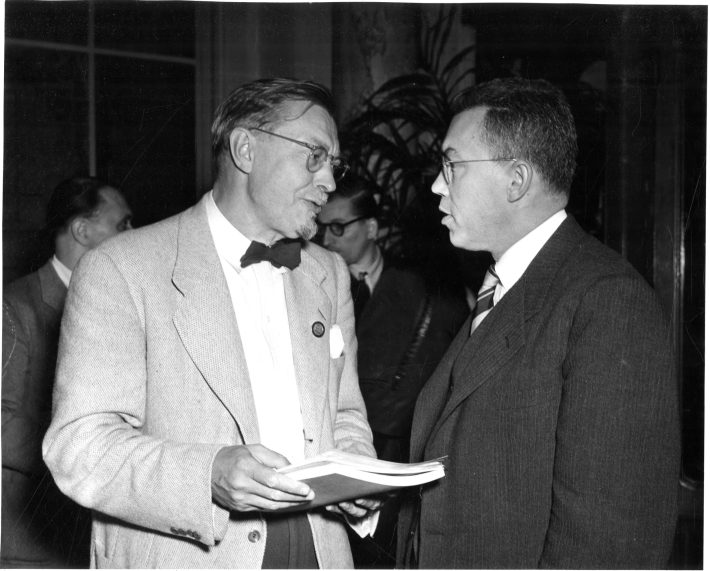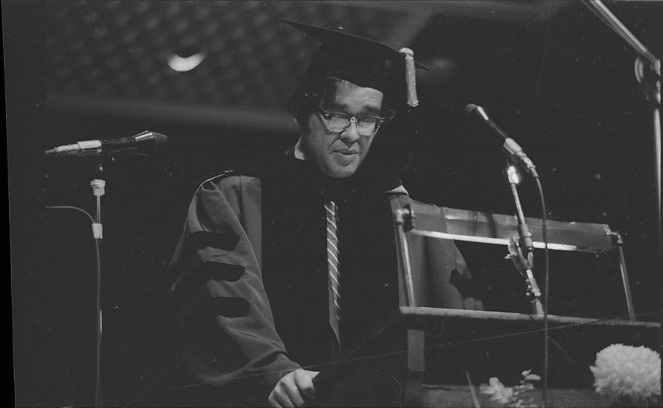Published on Nov 22, 2021
1961: The Eastman Philharmonia on tour
Members of the Eastman Philharmonia preparing to board their plane at Rochester on November 24th, 1961. Two separate DC-6 aircraft carried the orchestra members to New York City’s Idlewild Airport. Photos by Joe Jansen, Rochester Democrat & Chronicle.
Sixty years ago this week, on November 24th, 1961, the members of the Eastman Philharmonia departed from Rochester to begin a landmark tour that has become legendary in the history and culture of the Eastman School of Music. The Philharmonia’s departure followed months of preparation that had begun the previous summer when the U.S. State Department had designated the Philharmonia to undertake a three-month tour under the auspices of the President’s Special International Program for Cultural Presentations. The Eastman Philharmonia would be the first student orchestra in the history of that program to perform an extended tour during the regular concert season. Another Eastman ensemble had previously received support under that same program when the Eastman String Quartet undertook a tour of cities in Europe, the Middle East, and Northern Africa in the spring of 1960. (It should be noted that another ensemble from an American university received similar support from the U.S. State Department in the winter of 1961-62, when the University of Michigan Symphonic Band undertook a European tour that included performances in the USSR.)
This week’s entry in “This Week at Eastman” marks the launch of what will be a regular feature for the coming three months, when we will track the Eastman Philharmonia’s movements on their momentous tour. Archival documents from the Eastman School of Music Archives and from several personal collections will enable us to glimpse the orchestra members’ activities along the way. The tour, which began in Lisbon and ended in Leningrad (now St. Petersburg), represented the most extensive performing engagement undertaken by any Eastman School ensemble up to that time. Between their departure from Rochester on November 24th, 1961 and their return on February 25th, 1962, the members of the Eastman Philharmonia gave 49 concerts in 34 cities in 16 countries. The itinerary – which included points in Western Europe, Eastern Europe, and the Middle East – is displayed here, represented by the last copy to be printed and circulated before the time of departure. Throughout the tour, the 87 members of the Philharmonia served as de facto ambassadors, both for the U.S.A. and for music. Their responsibility was underscored by the geo-political realities of the day, when the United States and the Soviet Union stood head-to-head in an armed stand-off, when the countries of Eastern Europe lay largely inaccessible behind the Iron Curtain, and when the Berlin Wall, erected only earlier that same year, had already become a potent symbol of the Cold War.
Itinerary
For Howard Hanson, the tour represented a professional and personal triumph. He had founded the Eastman Philharmonia in the 1958-59 academic year primarily so as to promote the Eastman School’s most outstanding orchestral players. Just as the Eastman Wind Ensemble had done since its debut in 1953, the Eastman Philharmonia quickly scored several high-publicity successes. In 1958-59 and 1959-60, the Philharmonia performed out of town in Buffalo and in Atlantic City, and made several broadcasts by local radio and television, in addition to its regularly scheduled concerts. In April, 1961, the orchestra performed in Washington, D.C. at the Second Inter-American Festival of Music, where it was the only all-student orchestra invited to participate at that gathering among such other participating orchestras as the National Symphony Orchestra (Washington, D.C.), the Orquesta Nationale of Mexico, and the CBC Orchestra (Toronto). The 1961-62 tour not be the last success that Hanson would celebrate with the Philharmonia, for in the fall of 1962 he would conduct the Philharmonia at Carnegie Hall, and in the spring of 1964 at the New York World’s Fair. Nevertheless, the tour was a special milestone, and at the conclusion of the tour, Hanson would pose for a dedicated photograph with each and every member of the orchestra.
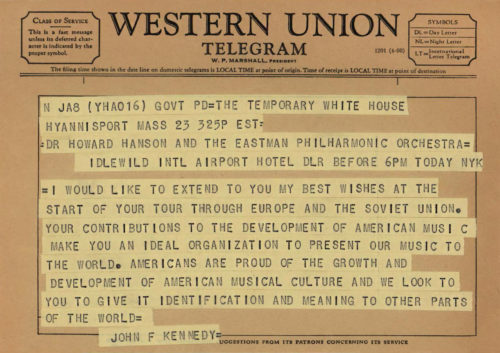
Preparations for so large an undertaking as this – the logistics of transporting 87 orchestral players and their instruments and personal effects overseas and through 16 countries – were a considerable challenge. Orchestra members received an itemized “Suggested Wardrobe” list that ran to six pages in length, providing guidelines on what to wear in all circumstances of weather and terrain. Another consideration was the reality that the U.S.A. had mandatory Selective Service registration at this time, by which all men of draft age were required to register; as a result, each of the young men in the orchestra – who could potentially be called up in the event of conscription – had to apply for a waiver for the duration of the tour. Still further, because the Philharmonia would be spending a considerable proportion of the tour in Eastern Bloc countries, the orchestra members and their chaperones received copies of “Americans Abroad”, a U.S. Government publication that briefed U.S. citizens and nationals on protocols and customs in other countries, and also offered specific recommendations as to how to respond to “tough question” posed by foreign nationals. Nor were the human aspects all that were to be considered. One memorandum archived in Frederick Fennell’s office files described the last-minute need for custom trunks to be manufactured for the orchestra’s use owing to the specific size requirements imposed by cargo hold doors on European aircraft, which were smaller than those on North American aircraft.
Printed program for the first concert on the tour.
On November 24th, the day after Thanksgiving, the orchestra members flew from Rochester to New York City in two separate DC-6 aircraft. At New York’s Idlewild Airport they had time to rest and to receive briefings before their overseas flight. Rather later at night than scheduled (for there turned out to be an unexpected delay), the orchestra members boarded their chartered Iberian Airlines jet for the flight to Lisbon, Portugal. On arrival in Lisbon on November 25th, the Philharmonia members were photographed on the tarmac as they descended the stairs from their plane with a tremendous manifest enthusiasm. (Readers, how many of you remember those days of walking across the tarmac to board a plane? Or walking down the stairs from the door of the plane and walking across the tarmac to the terminal?) That same day Hanson participated in a press conference before the local media. On November 26th, under the auspices of the Sociedade de Concertos Lisboa, the Eastman Philharmonia gave the first concert of the tour, with Hanson conducting. (With respect to the conductor, such was to be the norm throughout the tour. Although Frederick Fennell had been tasked with accompanying Hanson as associate conductor, Mr. Fennell was never invited to conduct a concert save one event in Russia when Hanson had taken ill.) The following day the orchestra travelled to Madrid, where they performed the tour’s second concert on November 28th. Madrid would be the first stop in Spain, to be followed by concerts in Sevilla, Valencia, and Barcelona.
Members of the Eastman Philharmonia boarding their chartered plane at Idlewild Airport to begin their three-month tour. Photos by Louis Ouzer.
Members of the Eastman Philharmonia, accompanied by their two conductors and chaperones, are here seen alighting from their jet on arrival at Lisbon.
1967: The Eastman Jazz Ensemble at Strong Auditorium
► Photos by Louis Ouzer: R318-4, R318-14, R319-2, R319-10, R319-16
Fifty-four years ago this week, on November 28th, 1967, the first documented public performance of the nascent Eastman Jazz Ensemble took place at Strong Auditorium on the River Campus. The conductor was Mr. Jack End, BM ’40, who had served on the Eastman faculty in previous years and who had been re-appointed to Eastman in 1967 to direct the new EJE. Earlier that year, Notes from Eastman (forerunner publication to Eastman Notes) had indicated that the Eastman Jazz Ensemble had made its debut in April, 1967, but any such performance cannot be substantiated in the extant archival records.
In contrast with the debut performance of other Eastman ensembles (including, but not limited to, the Eastman Wind Ensemble and the Eastman Philharmonia), there does not appear to have been any one single performance that was publicly promoted as the Eastman Jazz Ensemble’s public debut. Instead, the EJE was rolled out in a series of performances that were given off-site or else were given on-site in the manner of guest appearances with other ensembles. The EJE had been active for well over a year by the time it gave its own first full-length program on Eastman premises.
For the record, it should be noted that Jack End had been the conductor at the first public performance of jazz at Eastman in which Eastman students were the featured performers. That event on April 16th, 1946 was billed as a “Program of Concert Music in the Jazz Idiom” under the auspices of the Eastman School’s annual Festival of American Music. The featured performers were a student ensemble under Mr. End’s direction. At that time Mr. End was on the Eastman faculty teaching theory, clarinet, and popular music arranging. The concert was introduced by some characteristically verbose comments by Howard Hanson which were printed ver batim in the local press the following day. “This Week at Eastman” will offer more about this event next spring.
In any event, the printed program for the Eastman Jazz Ensemble concert in November, 1967 noted that a Jazz Laboratory had been founded at the Eastman School in the spring of 1967, with two performing units now operating; the EJE was one of the two. Over the course of 1967-68 and 1968-69, the EJE’s roll-out proceeded thus:
- on November 26, 1967, the EJE under Jack End performed at Strong Auditorium; the printed program simply read, “The selections will be announced from the stage.”
- on December 3, 1967, the EJE under Jack End performed out of town at the New York State School Music Association (NYSSMA) annual conference at Kiamesha Lake. During the conference, the EJE participated in a Clinic Demonstration on December 4th, “Adapting Jazz Techniques to Classically Oriented Performers” led by Donald Hunsberger and Jack End.
- on February 23, 1968, the EJE under Jack End appeared as Guest Artists in an Eastman Wind Ensemble concert on-site at Eastman, performing five selections.
- on April 3, 1968, the University’s Alumni Theater Party featured the EWE (Donald Hunsberger, conductor) and the EJE (Jack End, conductor) on a shared bill.
- on May 1, 1968, at the Eastman School’s annual Festival of American Music, the EJE (Jack End, conductor) performed with the Eastman School Symphony Orchestra (Willis Page, conductor) the Rochester premiere of Music for Symphony Orchestra and Jazz Ensemble by Alfred H. Bartles. This was the work on this ESSO concert program.
- on February 11, 1969, the EJE under its new director, Chuck Mangione, performed a full-length concert in Kilbourn Hall, its first full-length concert appearance at home.
- on April 11, 1969, the EJE (Chuck Mangione, director) performed on a mixed-bill program that featured several ensembles.
This was a very special group of students, indeed: the pioneer Eastman Jazz Ensemble that was active before the Eastman School had a dedicated department of Jazz Studies and Contemporary Media. Note that some of these performers went on to very good careers, including Niewood, DiMartino, Buckley, and Gadd. Gerry Niewood died tragically in the Flight 3407 air crash just outside of Buffalo in the winter of 2009, and was mourned by many.
Calling Eastman alumni! What are your memories of the Eastman Jazz Ensemble in 1967-68? Please share your stories!
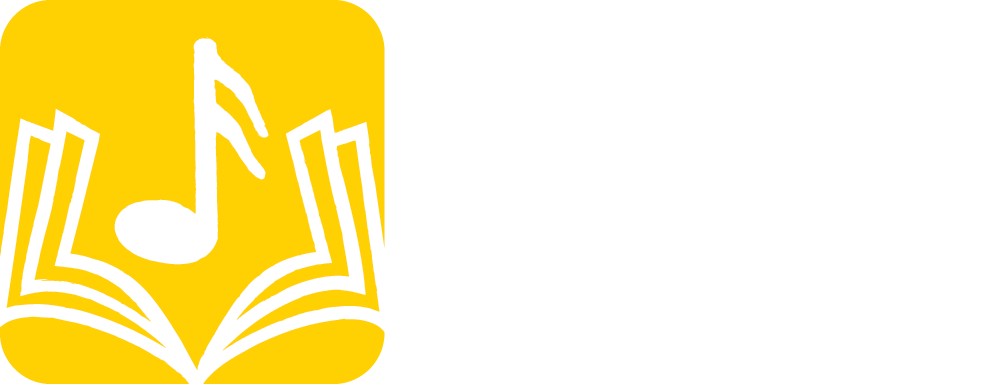

![4 ESPA 8x10 22-92 Mr. Robert Sattler, Eastman School [Concert Bureau Director] who accompanied the Eastman Philharmonia on tour, is here seen on arrival at Idlewild Airport where the Philharmonia members would rest and receive briefings before boarding their chartered plane for Europe. Photo by Louis Ouzer.](https://www.esm.rochester.edu/sibley/files/4-ESPA-8x10-22-92-500x406.jpg)
